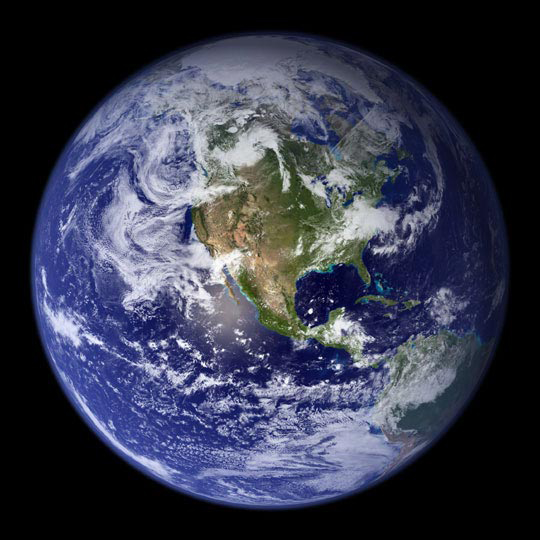
From Ancient Sediment, a Clearer Climate Change Picture

A northern California lake is taking a team of biologists back to the future to study the effects of climate change on the region's plants and animals.
The research, which will examine sediments deposited in Clear Lake throughout the last two glacial cycles, will help California's scientists, lawmakers and residents understand what to expect as the climate continues to warm.
"We are reconstructing the past to better forecast the future, because we need to know what's coming in order to adequately prepare for it," said Cindy Looy, a biologist from UC Berkeley who is leading the project.
Located 100 miles (160 kilometers) north of San Francisco, Clear Lake is one of North America's oldest lakes. Through fossilized plants and animals and chemical records, its sediments preserve a long history of climate and ecosystem changes — up to half a million years' worth. The sediments that Looy’s team will study were deposited over about 130,000 years.
An important event recorded by these sediments happened about 12,000 years ago, when the Earth's last major set of glaciers began to melt. The rate of global warming then was almost as fast as the rate scientists record today, Looy said in a statement. Looking at the step-by-step ecosystem changes preserved in these sediments will help researchers fine-tune the predictive models they're developing today.
Another important interval the team will study happened during an earlier glacial cycle, between 130,000 and 113,000 years ago. During this period, the area around Clear Lake grew even warmer than it is today. Changes in the lake's flora and fauna during this time may look like what northern Californians can expect in the future, Looy said.
"There are indications from ice cores and ocean drilling cores that the beginning of the previous interglacial may have been warmer than it is now, which is where it becomes interesting," Looy said. "We know what the Earth is like at today's temperature, but a lot of people are trying to predict what will happen if the Earth warms 2-4 degrees Fahrenheit (1-2 degrees Celsius), or even more."
Sign up for the Live Science daily newsletter now
Get the world’s most fascinating discoveries delivered straight to your inbox.
Some members of the team will also look at charcoal residues to determine how Native Americans interacted with the ancient local ecosystem. Other researchers will study fossilized mammals in the sediments to understand how they adapted to past episodes of climate change.









